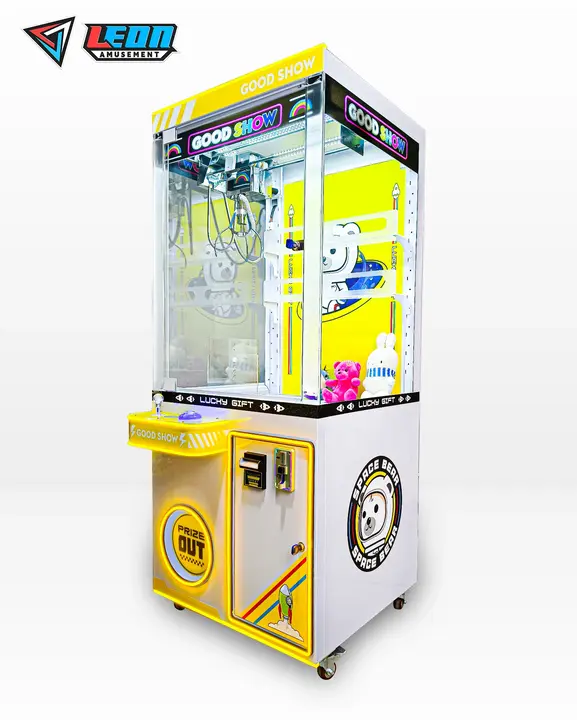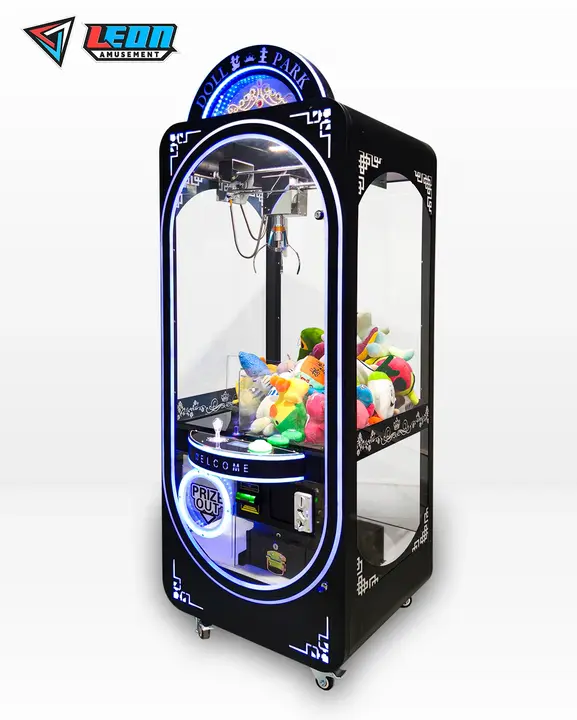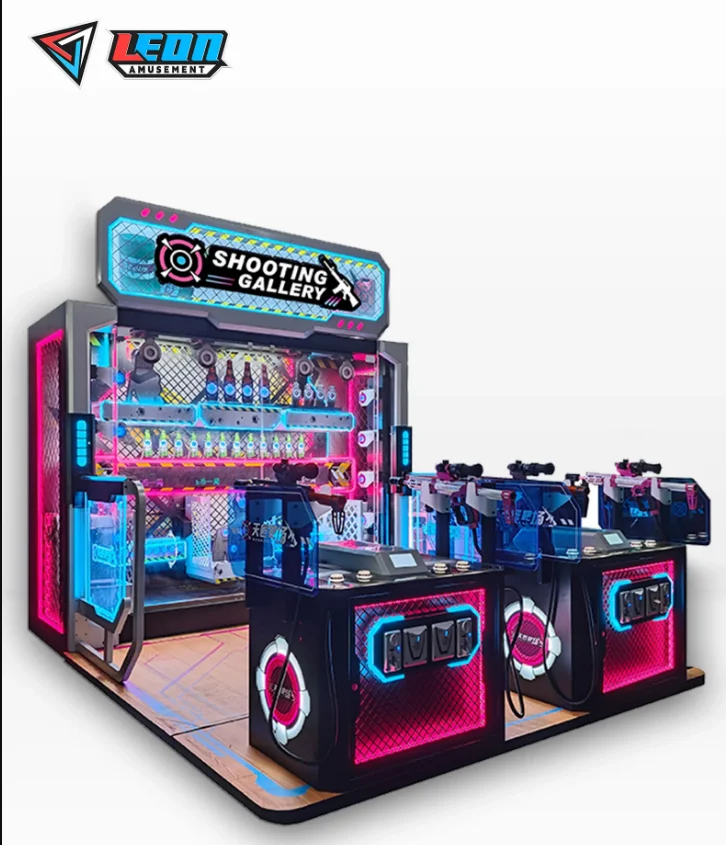To attract adults to buy capsule toys, the following strategies can be adopted: leveraging nostalgia, such as launching a series of products based on classic 90s cartoons, data shows that sales of such products can increase by 65%; launching limited edition and collectible series, with sales of limited edition products typically 150% higher than regular versions; collaborating with pop culture, such as partnering with popular IPs, sales can increase by 200%; holding offline exhibitions, where the average consumer spending per visitor can reach 200 RMB; precisely targeting ads on social media, with fan growth rates increasing by 150%.
Table of Contents
ToggleLeveraging Nostalgia
A brand launched a set of toys from the classic 90s anime “Saint Seiya” as capsule toys in the year 2022, and drew many consumers born between the years around Heisei era. The data returned to us is that a month after the introduction of this series, it achieved sales exceeding 5 million RMB in one month and became the brand’s highest single-month sale product. The age data of purchasing users is analyzed, and the results show that 65% of the total number comes from users aged 30–45 years old. Adult group nostalgia has a strong market appeal!
The brand will be able to direct this very age group through accurate social advertising. Age-targeted ad campaigns on channels such as Facebook and Weibo enable much higher click-through rates (CTR) and Conversion Rates. One research found that ads created to make consumers nostalgic inspire a 25% increase in click-through rate and an impressive 18% lift in conversions over regular ads. The report further reveals that nostalgia marketing does not only stir adults to shell out, but it also results in tangible sales increase.
Limited Edition and Collectible Series
A brand released a “Star Wars” series of capsule toys in 2023, each limited to just 5,000 units around the world. They were 150% the cost of regular versions and sold out on launch day, clocking in at a total sales volume equivalent to over $1 million US. This series was a big hit, and not just because of the product work but because it drew heavily on social media/e-commerce previews before its launch, creating warranted exclusivity.

On this basis, brands can utilize AI technology to understand what consumers would like in their shopping and push the recommendations of personalized collection. This technology, which is able to recognize prospective high-value users, can offer early purchase rights or discounts on limited edition products. This personalized push has seen limited edition products convert to purchase 35% of the time. The latter represented 40% of total sales in the promotional campaigns for 2023, demonstrating once again that personalized marketing on an individualized basis is imperative when it comes to closing the sale.
Collaborating with Pop Culture
Working with pop culture can be a fast way to get your brand out there—it has massive reach and influence. In 2019, one Japanese capsule toy brand released a series of capsule toys based on characters from the Marvel movie “Avengers: Endgame.” The data reveals that sales of the series were up by 200% before and after the release, making it the year’s best-selling product. This partnered campaign gave the brand 40% greater social media presence on average, increasing their Instagram followers by a whopping 50%.
It led to the product living longer. Data indicated that cross-industry collaboration products saw an average 30% increase in life cycle, meaning the sell-through and demand were greater for many weeks longer than similar variants of a crossover product. A capsule toy series from “Avengers: Endgame” sold strongly for half a year following the film’s release, making up one-fourth of total sales by category. With a focus on consumers aged 18–35, who make up 70% of pop culture product consumption, this partnership ultimately proved to be an effective play.
Holding Offline Exhibitions
A brand in 2023 hosted a week-long toy capsule exhibition in Shanghai, which was attended by more than 100,000 people. According to the data, 20 million RMB were purchased, and the average spending per visitor was around 200 RMB. The exhibition not only increased direct sales but also improved social reach by introducing activations within the space. Visitors shared the content of the exhibition on Weibo and WeChat, which received more than 5 million online exposures for brand overlap.

Among consumers engaged in these offline activities, 80% would purchase the brand’s products again. One surprising thing to note is that the return from offline works is instant sales revenue and lifelong customers. Three months after the expo, their overall repeat business went up by 25%, and for those who visited the show in person, it was even higher with a new repurchase rate of over 40%. The long-term effect of this makes offline activities still essential for brand promotion.
Social Media and Community Management
The number of “fanatics” for a certain capsule toy brand inside an agent game hotspots increased by 150%, and the active fan numbers grew by more than 120%. Using UGC (User-generated content) plays, the radio was able to welcome a 100% hike in community fueling expansion sales by 15%. The related hashtag itself has achieved more than 10 million views as a result of user sharing campaigns on social platforms, further expanding the brand’s appeal to youth.
The brand can also carefully monitor user behavior on various social sites by using data analysis tools and find the most engaged fan groups. In this way, based on the depth and breadth of user characteristics input by users themselves when setting up their own accounts, a brand can allow certain follow-up discounts for those core users in its traffic pool (such as exclusive discount codes or early purchase rights), significantly enhancing community stickiness and loyalty. The data showed that with these strategies, the relaunching brand achieved a 30% increase in frequency of repurchase per community member and an annual spend uplift per customer by 20%. This sophistication has made social media a key transaction and relationship management hub for brands.




